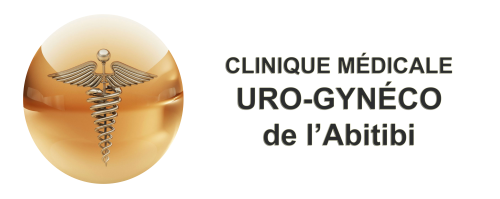
What is it?
Indications:


How is the intervention performed?
A tiny hole is performed through which both vas deferens on either side is then occluded. Rapidly resorbable stiches will be used to close the small incision and a transparent liquid bandage applied over them. The stiches will start to go away in 7 to 10 days. Due to the simplicity of the surgery, a vasectomy usually takes less than twenty minutes to complete and there is generally no need for any recovery period at the office. Wearing tight underwear after will help in reducing discomfort. You will be able to leave the office quickly by your own means. Although you may wish to be accompanied it is not obligatory. You may take a shower 24hrs after.
Is it painful?
It is best to avoid any intense physical activity, lifting heavy objects, or sports during the first week which could cause bleeding or swelling. Because the procedure is minimally invasive, many vasectomy patients find that they can resume their typical sexual behavior within a week, and do so with little or no discomfort. It is very important that you are not sterile immediately after the vasectomy as the remaining sperm cells in the ejaculatory system need to be expulsed first. This generally takes from 8 to 12 weeks for the majority of men undergoing vasectomy and definitive sterility will need to be confirmed with the semen analysis. During this period, you need to maintain another form of birth control as pregnancy is still possible. You will be able to stop other methods of contraception only after confirmation by your urologist that sterility has been achieved.


What do I need to do before the exam?
You may want to be accompanied but this is not absolutely necessary. Please arrive on time for your appointment. Any anticoagulants (blood thinners) should be discontinued prior to the surgery as per your urologist’s recommendations and any allergies noted.
Written consent is mandatory.
What are the risks?
What are the risks?
Although complications are possible, these are generally mild and self-limiting. Short-term possible complications include infection, bruising and bleeding into the scrotum resulting in a collection of blood known as a hematoma. Certain men experience persistent pain up to a few months which usually disappears with time without any specific treatment but may persist in very rare cases.
Spontaneous recanalization of the tubes is possible during the healing period but is also very rare, in which case a new vasectomy will be required. Note that a vasectomy does not alter sexual function and there is no need to think that it may cause other health problems.

Contact-us
Phone
Address
1660, 3E AV, VAL-D’OR, Québec J9P 1W1
